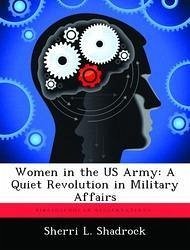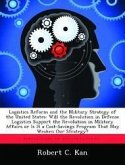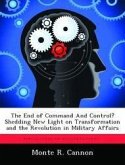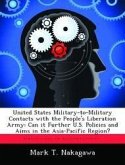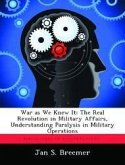This monograph examines the history and significance of women serving in the United States Army from 1942 through 2007. The author's thesis is that an organizational Revolution in Military Affairs occurred in the US Army pertaining to the permanency, increased scope and exponential expansion of the numbers of women serving. The monograph contains essentially six chapters consisting of an introduction, four core chapters and a conclusion summarizing key points. Nine appendices are provided at the end of the paper. The introduction presents the purpose, research question and monograph structure as well as the relevance and timeliness of the topic. The research question posed is: "What is the significance to the U.S. Army regarding the changed nature and expansion of women's military roles?" Chapter One focuses on the creation of the Women's Army Auxiliary Corps (WAAC) and the Women's Army Corps (WAC) during the World War II era and briefly discusses women's roles in the 1960s. A portion of the chapter lays the foundation for the argument that women's service constitutes a Revolution in Military Affairs (RMA). Chapter Two presents the evolution of roles from the 1970s onward culminating with the revolutionary current Global War on Terrorism operations. Chapter Three presents the dynamic influence of warfare upon women's roles and examines the Contemporary Operational Environment (COE) and strategic setting for the twenty-first century. Chapter Four focuses on recommendations the US Army might adopt toward optimizing the current force and its human resources, or soldiers - which are the army's most precious asset. The army's tremendous need for human resources, in conjunction with the noncontiguous, nonlinear contemporary operational environment upon which the Global War on Terror will be executed presents increased opportunities for highlighting the contributions and sacrifices made by women in the nation's defense. Acknowledging that soldiers, or human resources, are

